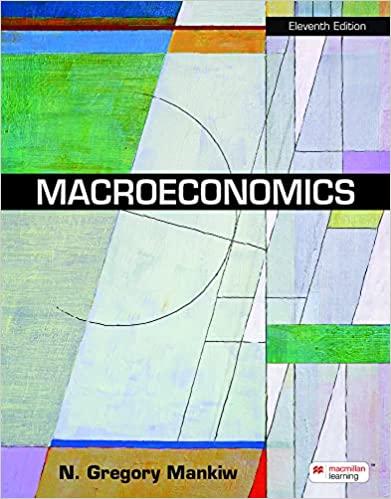6. According to the neoclassical theory of distribution, a workers real wage reflects her productivity. Lets use
Question:
6. According to the neoclassical theory of distribution, a worker’s real wage reflects her productivity. Let’s use this insight to examine the incomes of two groups of workers:
farmers and barbers. Let Wf and Wb be the nominal wages of farmers and barbers, Pf and Pb be the prices of food and haircuts, and Af and Ab be the marginal productivity of farmers and barbers.
a. For each of the six variables defined above, state as precisely as you can the units in which they are measured. (Hint: Each answer takes the form “X per unit of Y.”)
b. Over the past century, the productivity of farmers Af has risen substantially due to technological progress.
According to the neoclassical theory, what should have happened to farmers’ real wage, Wf/Pf? In what units is this real wage measured?
c. Over the same period, the productivity of barbers Ab has remained constant. What should have happened to barbers’ real wage, Wb/Pb? In what units is this real wage measured?
d. Suppose that, in the long run, workers can move freely between being farmers and being barbers. What does this mobility imply for the nominal wages of farmers and barbers, Wf and Wb?
e. What do your previous answers imply for the price of haircuts relative to the price of food, Pb/Pf?
f. Suppose that barbers and farmers consume the same basket of goods and services. Who benefits more from technological progress in farming: farmers or barbers?
Explain how your answer is consistent with the results on real wages in parts
(b) and (c).
Step by Step Answer:







